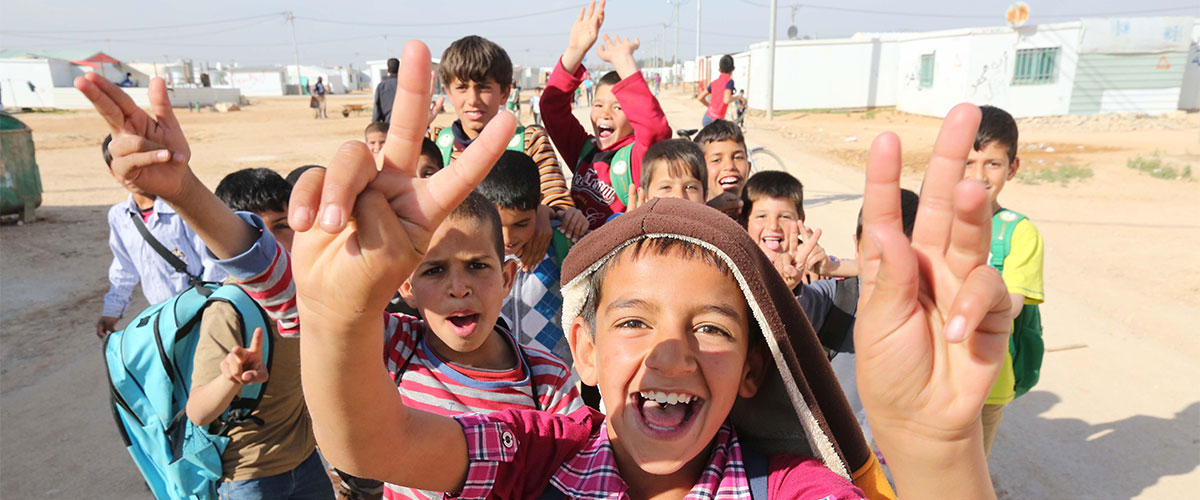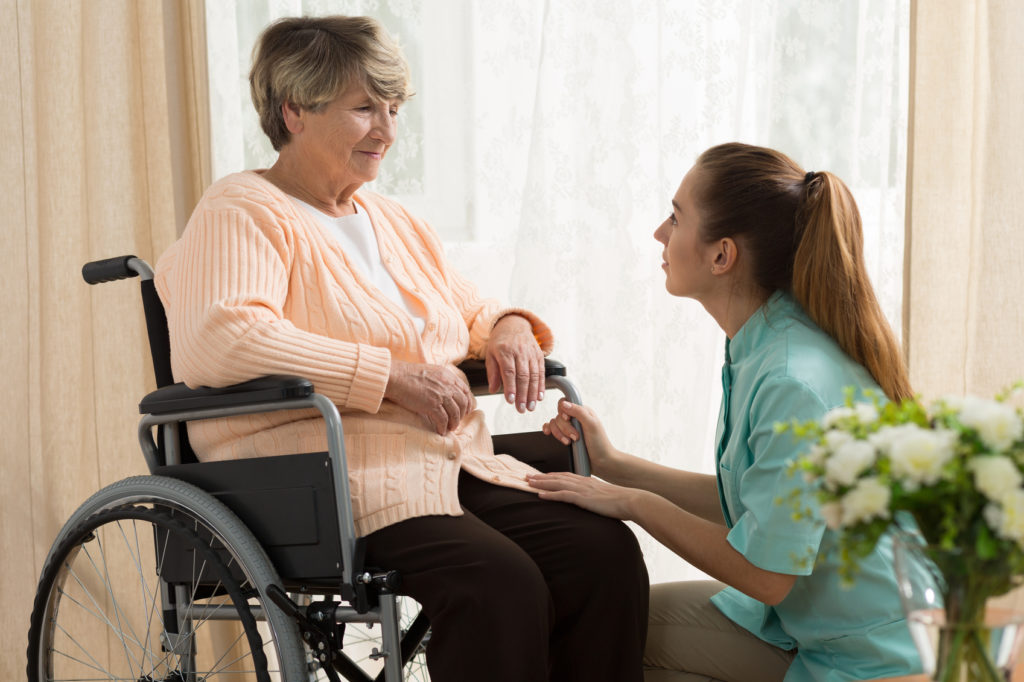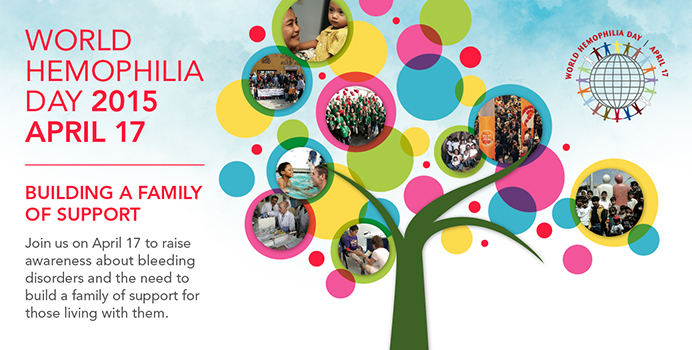 All of us have come into contact with those with Down Syndrome at one time or other. Usually free-spirited and happy, and often surrounded by adoring animal friends, people with Down Syndrome seem to be able to enjoy the little things in life the way that many of us can’t—and in many ways, they do. However, they also face countless challenges on an every day basis, and many simple things the rest of us take for granted can prove extremely difficult for them, despite their admirably positive attitude to life. That’s why we should all take some time this World Down Syndrome Day to learn a bit more about this disorder and how we can help those who have it live better lives.
All of us have come into contact with those with Down Syndrome at one time or other. Usually free-spirited and happy, and often surrounded by adoring animal friends, people with Down Syndrome seem to be able to enjoy the little things in life the way that many of us can’t—and in many ways, they do. However, they also face countless challenges on an every day basis, and many simple things the rest of us take for granted can prove extremely difficult for them, despite their admirably positive attitude to life. That’s why we should all take some time this World Down Syndrome Day to learn a bit more about this disorder and how we can help those who have it live better lives.
The History of World Down Syndrome Day
Down syndrome has been observed in all races for thousands of years. Sadly, many infants with disabilities were either killed or abandoned in ancient times. However, quite a few historical pieces of art are believed to portray people an even angels with Down syndrome, including South American pottery dating back the 5th century AD as well as some Renaissance paintings.
Down syndrome was first characterized as a separate form of mental disability in 1862 by English physician John Langdon Down. It was almost a hundred years later, however, that its cause, the triplication of the 21st chromosome, was discovered by Jérôme Lejeune. In the 19th and 20th centuries, many individuals with Down syndrome were institutionalized, few of the associated medical problems were treated, and most died in infancy or early adult life.
The eugenics movement, which is usually thought to have been exclusive to Nazi Germany but which was in fact active in many different parts of the world, began programs of forced sterilization of individuals with Down syndrome and comparable degrees of disability in the first half of the 20th century. After the Second World War, many advocacy groups for Down syndrome formed and began fighting for the inclusion of people with Down syndrome into the general school system and for a greater understanding of the condition among the general population, as well as groups providing support for families with children with Down syndrome.
The first World Down Syndrome Day was held on March 21st 2006. The day and month of the day were not coincidental, but were chosen specifically to correspond with 21 and trisomy.

 The United Nations’ (UN) International Day of Solidarity with the Palestinian People is annually observed on November 29. The day is also known as Solidarity Day.
The United Nations’ (UN) International Day of Solidarity with the Palestinian People is annually observed on November 29. The day is also known as Solidarity Day. The theme honours the spirit of
The theme honours the spirit of 

 Around the world, conflict is exacting a massive toll on people’s lives. Trapped in wars that are not of their making, millions of civilians are forced to hide or run for their lives. Children are taken out of school, families are displaced from their homes, and communities are torn apart, while the world is not doing enough to stop their suffering. At the same time, health and aid workers – who risk their lives to care for people affected by violence – are increasingly being targeted.
Around the world, conflict is exacting a massive toll on people’s lives. Trapped in wars that are not of their making, millions of civilians are forced to hide or run for their lives. Children are taken out of school, families are displaced from their homes, and communities are torn apart, while the world is not doing enough to stop their suffering. At the same time, health and aid workers – who risk their lives to care for people affected by violence – are increasingly being targeted. Children orphaned by AIDS are just a fraction of the problem, as millions more have been made vulnerable. Behind the statistics are millions of stories of human suffering. The AIDS crisis has a catastrophic impact on households and communities – deepening poverty and exacerbating hardships. More than 95 percent of children affected by AIDS, including orphans, continue to live with their extended families. However, these families are increasingly overwhelmed by poverty and struggle to protect and raise the children in their care.
Children orphaned by AIDS are just a fraction of the problem, as millions more have been made vulnerable. Behind the statistics are millions of stories of human suffering. The AIDS crisis has a catastrophic impact on households and communities – deepening poverty and exacerbating hardships. More than 95 percent of children affected by AIDS, including orphans, continue to live with their extended families. However, these families are increasingly overwhelmed by poverty and struggle to protect and raise the children in their care. “The role of a firefighter in today’s society – be it urban, rural, natural environment, volunteer, career, industrial, defence force, aviation, motor sport, or other is one of dedication, commitment and sacrifice – no matter what country we reside and work in. In the fire service
“The role of a firefighter in today’s society – be it urban, rural, natural environment, volunteer, career, industrial, defence force, aviation, motor sport, or other is one of dedication, commitment and sacrifice – no matter what country we reside and work in. In the fire service 